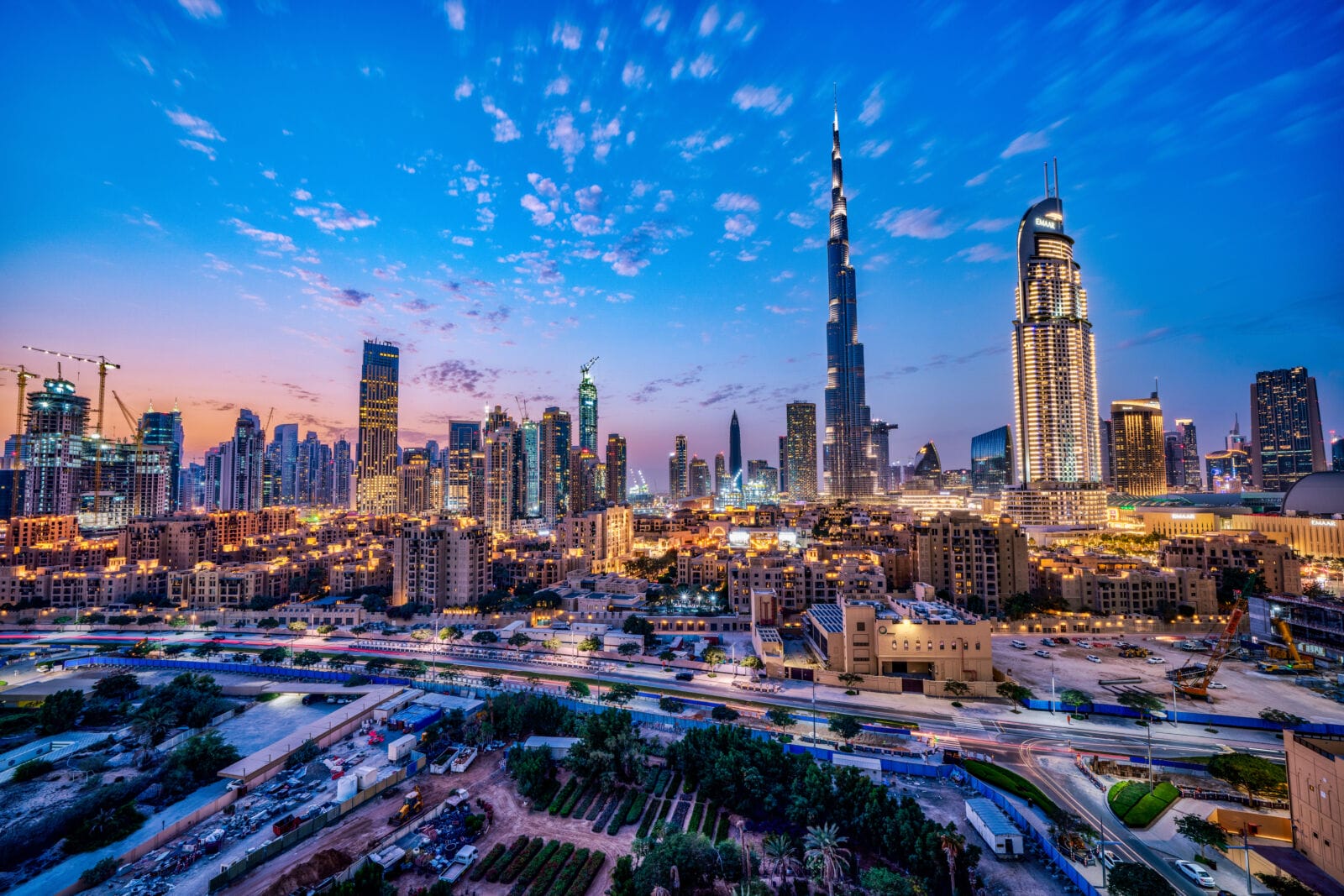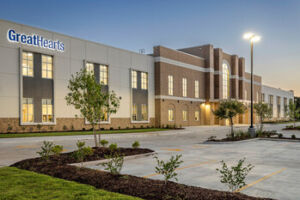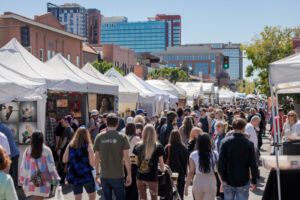At the northern edge of the city, the Dubai Islands project signals a new stage in how the emirate thinks about leisure and the urban environment. The vast coastal development — stretching across five reclaimed islands — is not just another real estate venture. It represents a deliberate attempt to redesign the rhythm of everyday life, where work, culture, and wellbeing coexist in a single geography. Rather than separating business from recreation, or private life from public experience, Dubai is testing how all of them can thrive within the same ecosystem.
Across the coastline, a wave of new residential and hospitality projects — including Elle Residences Dubai, Azizi Wasel, Sunset Bay by Imtiaz, Arka Enclave, and other projects — is shaping the early character of this emerging waterfront. These developments, each with its own architectural language, belong to a wider generation of coastal districts that blur the boundaries between living, working, and leisure. The evolution of Dubai’s shoreline reflects not only an economic strategy but also a cultural shift: a city learning to build places that are less about consumption and more about experience.
DEEPER DIVE: 10 amazing rooftop bars with a view in Arizona
INDUSTRY INSIGHTS: Want more news like this? Get our free newsletter here
A Redefined Relationship Between Work and Place
For much of its modern history, Dubai has built around singular functions — financial zones, tourist corridors, residential suburbs. The new coastal districts represent a departure from that model. Instead of creating spaces devoted exclusively to work or leisure, planners are merging both within fluid, adaptable frameworks. Coworking hubs sit next to boutique hotels; cafés transition into meeting spaces; wellness centres coexist with art galleries.
This integration reflects the changing nature of work itself. As digital connectivity dissolves the boundaries between office and home, physical space becomes more symbolic. People no longer commute to buildings; they inhabit environments that support productivity, creativity, and rest in equal measure. The coastal expansion is an architectural response to that shift. It treats leisure not as an escape from work but as part of a balanced urban routine.
Culture as Infrastructure
One of the most striking aspects of the northern waterfront’s master plan is the prominence given to cultural institutions. Museums, exhibition venues, and performance spaces are planned alongside marinas and retail promenades, ensuring that art and commerce share the same terrain. This reflects a growing recognition that culture is not an accessory to urban life but a form of infrastructure — a system that supports emotional and social wellbeing as much as roads or power lines support mobility.
The presence of cultural infrastructure also adds rhythm to the city’s leisure economy. Instead of being seasonal or event-driven, cultural activity can sustain consistent engagement throughout the year. In a place where climate dictates outdoor patterns, indoor cultural spaces offer continuity. They allow the city to remain active even when temperatures rise, transforming leisure from a fleeting indulgence into a permanent part of civic identity.
Wellbeing as an Urban Principle
The concept of wellbeing in Dubai’s new districts extends beyond fitness centres and spas. It is embedded in the physical design of the environment — in the distance between buildings, the width of pedestrian corridors, and the access to natural light and sea air. The coastal master plans prioritise shaded public spaces, cycling tracks, and interconnected parks. Each of these elements contributes not only to comfort but also to psychological resilience, an often-overlooked aspect of urban life.
This focus reflects a global trend toward “health-first urbanism,” where the layout of a neighbourhood is treated as a determinant of public health. The idea is simple: if cities are designed for walking, social interaction, and exposure to nature, they naturally promote wellbeing. In Dubai’s case, this approach also responds to demographic reality. With an increasingly international and mobile population, the city must compete not only on opportunity but on quality of life. The design of its new waterfront aims to make wellness not an amenity, but a baseline condition.
The Leisure Economy and the Hybrid City
The intersection of work, culture, and wellbeing is not accidental; it forms the foundation of a new kind of economic logic. The leisure economy — once limited to tourism — now encompasses the entire spectrum of urban experience. Restaurants, art spaces, coworking venues, and beachfront promenades all feed into a shared value system: the monetisation of time well spent.
Dubai’s coastal expansion reflects this convergence. By combining residential, commercial, and cultural components within walkable distances, it creates self-sustaining micro-economies. A visitor attending a conference may stay for the weekend; a resident may host clients in a hotel lobby rather than an office; a tourist may attend an exhibition instead of a mall. The lines between these activities blur, producing a 24-hour urban rhythm that supports both productivity and leisure without contradiction.
Technology as an Enabler of Lifestyle Design
The success of this model depends on more than architecture. Smart infrastructure plays a critical role in managing energy, mobility, and user experience. Many of the new developments integrate digital systems that track environmental performance — from lighting and cooling efficiency to traffic flow and waste management. These systems form the invisible backbone of what planners call “lifestyle technology,” where data is used not for surveillance, but for comfort and sustainability.
For residents and visitors alike, this translates into seamless movement and optimised services. Transport apps connect ferries, e-scooters, and taxis; digital access systems manage everything from gym entry to community events. The idea is to replace the friction of logistics with the fluidity of experience — to make leisure effortless. This technological mediation ensures that the city remains responsive to the needs of a diverse and transient population.
Designing for Permanence in a Temporary World
The paradox of Dubai’s evolution lies in its transience. The city grows through migration, yet aims to build permanence. The new waterfront developments respond to this challenge by creating spaces that foster attachment. Parks, cafés, public art, and walkable boulevards invite repetition — the small rituals of daily life that turn residents into citizens.
In this sense, leisure becomes a tool of urban belonging. By designing environments that people use routinely rather than occasionally, the city strengthens its social fabric. It’s an approach that values atmosphere over iconography. While previous decades celebrated architectural landmarks, today’s emphasis is on emotional durability — spaces that stay relevant not because they are new, but because they feel necessary.
Climate, Comfort, and Coastal Resilience
Building leisure-driven urbanism along the Gulf requires confronting environmental limits. Rising temperatures, humidity, and coastal erosion present tangible risks. Yet rather than treating climate as a constraint, Dubai’s planners are using it as a design brief. The new generation of waterfront districts integrates shading canopies, water-cooled paving, and vegetation corridors that lower surface heat. Green roofs and energy-efficient façades help stabilise temperatures and reduce energy loads.
Beyond comfort, these measures support resilience. Coastal infrastructure is being built to manage sea-level variations and protect natural habitats. The result is a hybrid environment — engineered yet ecological. It acknowledges that leisure and sustainability are not opposites but allies. A comfortable city is a sustainable city, and in the Gulf, that relationship is a matter of survival.
Social Connectivity and the New Public Life
Perhaps the most transformative aspect of Dubai’s coastal expansion is its redefinition of public space. For a city historically organised around private enclaves — malls, compounds, and resorts — the emergence of open, shared environments marks a cultural evolution. The design of plazas, boardwalks, and amphitheatres encourages interaction across demographics. These are spaces built for community, not just consumption.
This inclusivity carries economic implications as well. By making leisure accessible, the city broadens its audience and sustains engagement beyond the high-end market. Public events, open-air festivals, and cultural programming turn the waterfront into a civic stage. What was once a border between land and sea becomes a social connector — a place where the city sees itself reflected.
An Evolving Definition of Urban Leisure
The story of Dubai’s coastal expansion is, at its core, a story about rebalancing. Leisure is no longer the opposite of work or the privilege of a few. It has become the structure through which a city defines its rhythm, its economy, and its identity. The Dubai Islands project and the constellation of developments around it are part of a wider conversation about how cities can design for life, not just for living.
This redefinition carries global relevance. As more urban centres face the dual pressures of economic diversification and environmental adaptation, Dubai’s experiment offers a model — not of perfection, but of possibility. It shows that urban leisure can be both a product and a philosophy, shaping places where culture, commerce, and wellbeing coexist not by accident, but by design.




